6.4.1 When carrying out inspections of these tanks,
particular attention should be paid to any cracking, deformation or
deterioration of coating.
Cracking in bilge hopper and double bottom tanks
6.4.2 Cracks might be found at the intersections
of longitudinals and transverse members and at other locations as
follows:
-
.1
Intersections
of longitudinals and solid floors
Cracks may be found in the side, bottom and/or tanktop longitudinals
at intersections with solid floors or bilge hopper transverses. Cracks
also may be found in the floors or transverses occurring at the corners
of the slots cut for longitudinals.
-
.2
Cracking
of longitudinals at areas of structural discontinuity
Longitudinals may be cracked at the ends of additional (partial)
side girders provided in the double bottom below cargo hold bulkheads
or side walls of bilge wells for cargo holds due to additional stress
concentration caused by the structural discontinuity at those connections.
-
.3
Bilge
hopper transverse
Cracks may be observed in transverse webs in bilge hoppers initiating
from the slot openings for longitudinals and at the knuckled corners
of the lower ends of the hoppers.
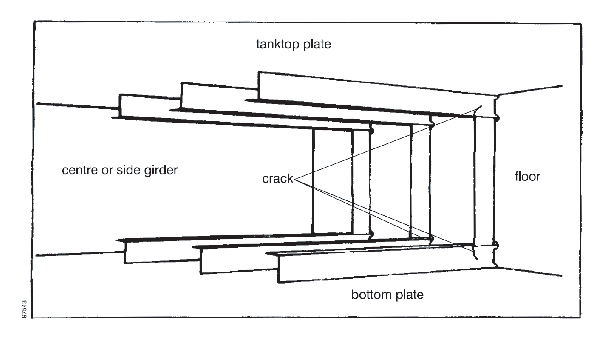
Figure 17 Cracking in tanktop/bottom longitudinals
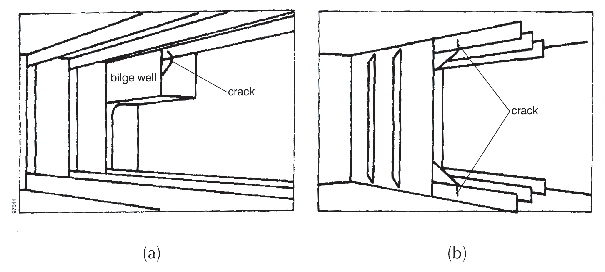
Figure 18 Cracking at the end connection with side walls of bilge well; Cracking
at the end of an additional girder
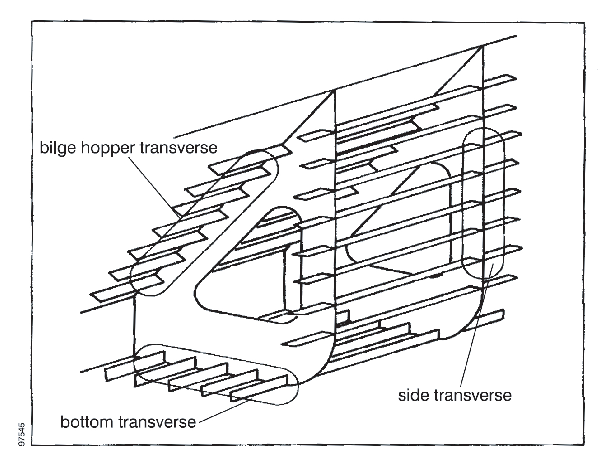
Figure 19 Check points in bilge hopper transverse
6.4.3 Corrosion must be carefully watched in the
inspection in water ballast tanks particularly in older bulk carriers
over 10 years of age. In general, the condition of the steel and protective
coatings will be in satisfactory condition much longer in the double
bottoms than in topside compartments. However, even double bottom
tanks will deteriorate in time due to the continual ballasting of
the ship.
-
.1
Corrosion
accelerated by heat
Since the late '70s, problems with heavy corrosion in double
bottom water ballast tanks adjacent to fuel oil tanks have appeared.
In some cases, the corrosion was worse in areas closer to the fuel
oil tank boundaries. In those ships, fuel oil tanks were installed.
The fuel oil heating system was adopted following changes to
the properties of fuel oil, mainly an increase in viscosity. Due to
economics, ship operators began to use low grade bunker oil which
needs heating in order to decrease the viscosity. In the beginning
of this trend, the temperature required in the fuel oil tanks was
not high enough to accelerate the corrosion of the steel in the adjacent
spaces. However, in recent years, the grade of bunker oil being used
requires the temperature in the tank to be 80°C or more. Such
temperature can accelerate corrosion of the steel in the tanks, particularly
in the vicinity of the boundaries of the fuel oil tanks.
-
.2
Areas under suction bell mouths
Bottom plates are often eroded under the suction bell mouths
in tanks. On drydocking of an older ship, the bell mouths should be
dismantled for examination of the condition of the shell plates below
the bell mouths.
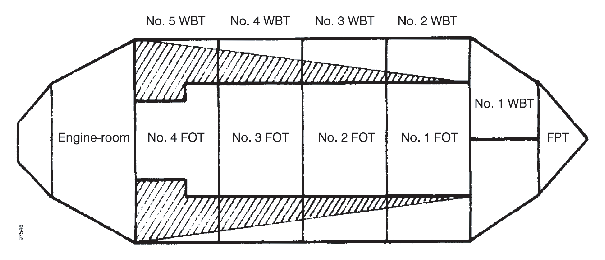
Figure 20 Area where heavy corrosion by heat effect may be found (hatched
areas)
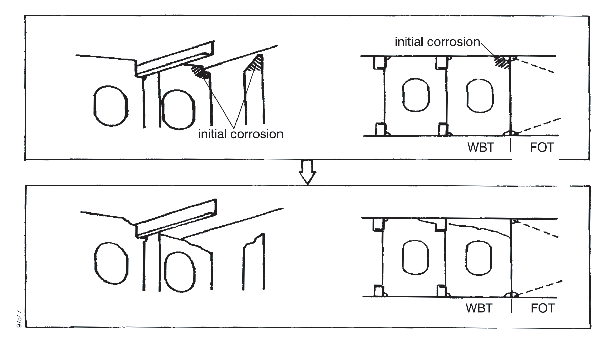
Figure 21 Progress of corrosion in water ballast tanks adjacent to FOT